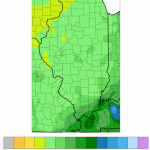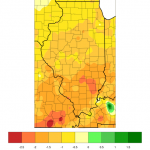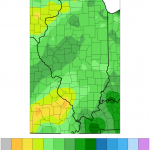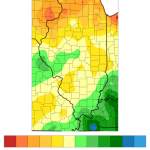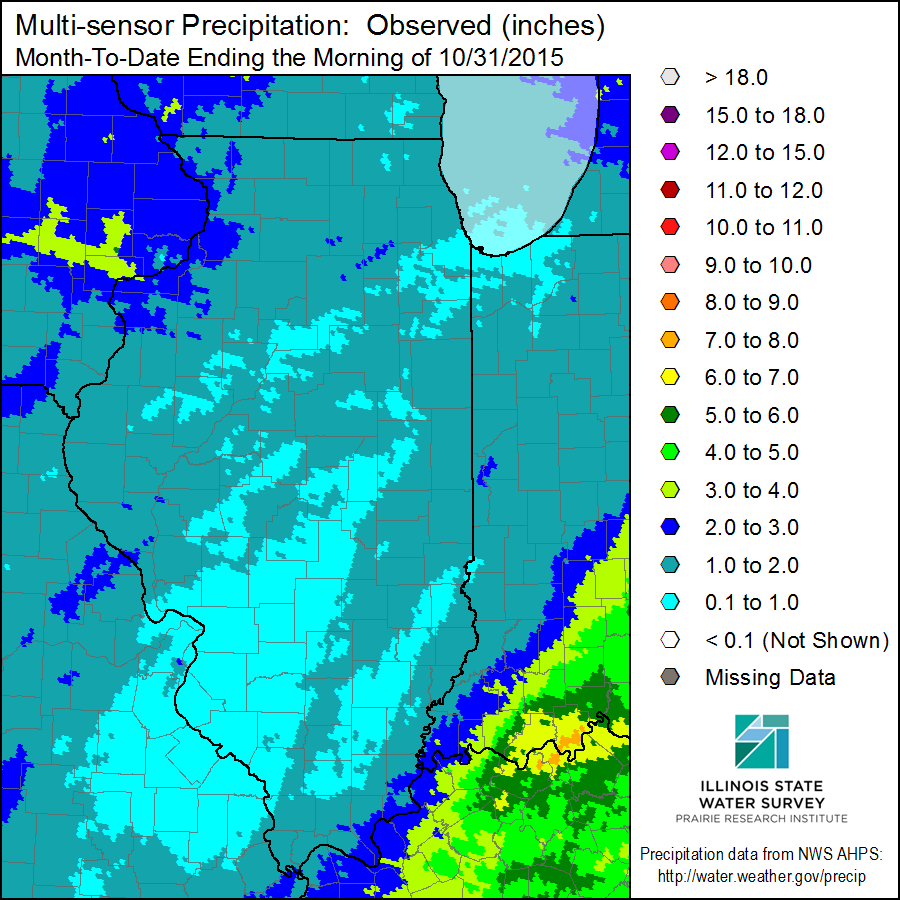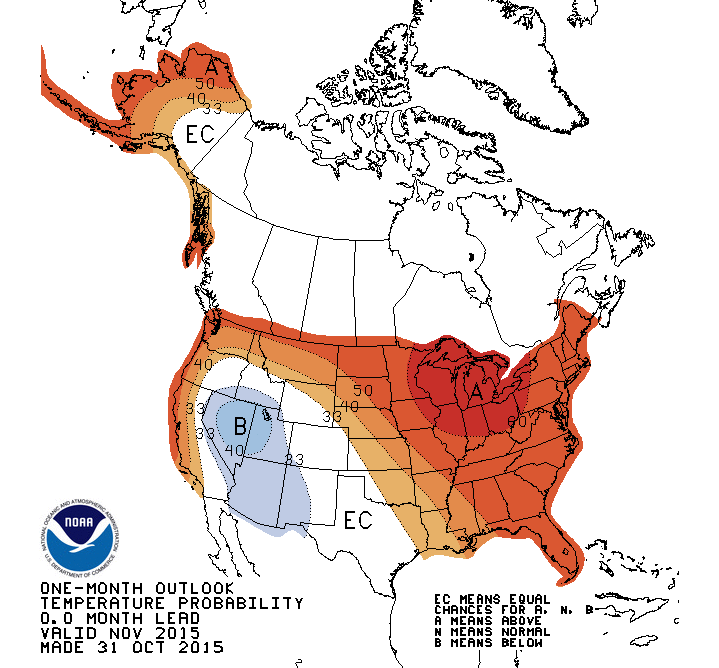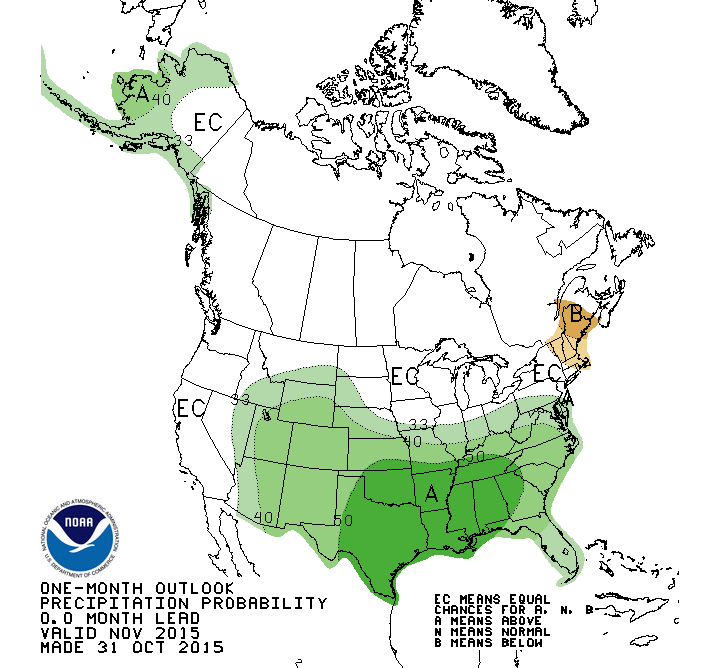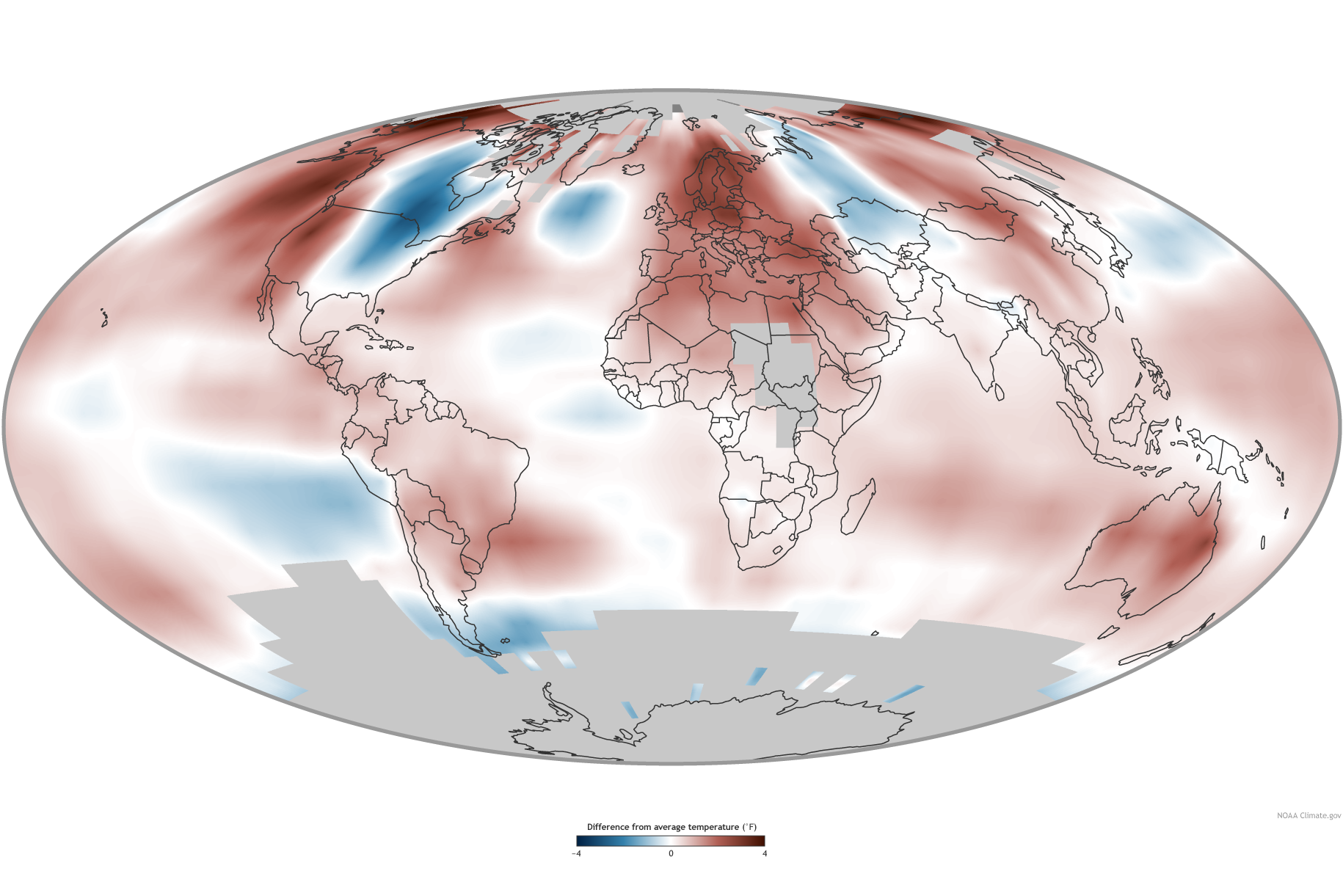Summary: January in Illinois finished out at 26.7 degrees, 0.3 degrees above average. Both precipitation and snowfall were below average. The statewide average precipitation (rain plus water content of snow) was 0.85 inches, 1.22 inches below average. Snowfall was below average across most of the state.
Temperature
The temperatures in January in Illinois showed some very large swings that tended to cancel each other out in the end since we finished 0.3 degrees above average. The first 9 days were above average, followed by 4 days below average, then 3 days above average. The second half of January started out much below average, but steadily warmed and by the end of the month was 20 degrees above average.
While the magnitude of the swings were impressive, the pattern of warm and cold stretches is typical of winter in Illinois and represents the passage of warm and cold fronts across the region. Because it may take a day or more for a system to pass through Illinois, the dates and size of the temperature departures at a particular station may not correspond to the statewide numbers, especially in far southern Illinois.

Precipitation
The January precipitation (left) and departures from average (right) show that precipitation was uniformly light across Illinois, just under an inch in most places (light green) and just over an inch below average (shades of yellow).
Snowfall
The January snowfall (left) ranged from 2 to 5 inches in most locations. Western Illinois saw 5 to 7.5 inches. However, as the panel on the right indicates most of Illinois received below-average snowfall (shades of beige and yellows).


